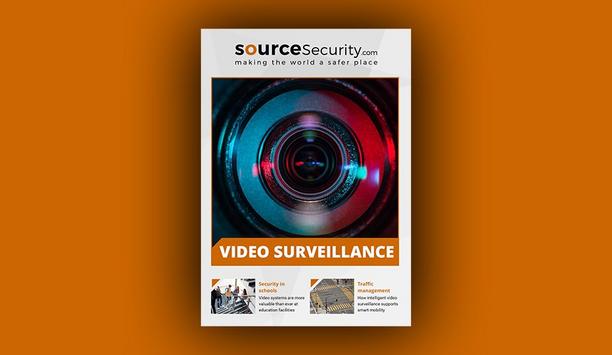FLIR Systems, Inc. recently announced financial results for the fourth quarter ended December 31, 2013. Revenue was $400.3 million, up 4% compared to fourth quarter 2012 revenue of $386.4 million. Operating income in the fourth quarter was $37.8 million, compared to $100.1 million in the fourth quarter of 2012, and was impacted by $31 million in pretax charges related to previously announced restructuring initiatives and the settlement of executive retirement benefits. Fourth quarter 2013 net income was $28.7 million, or $0.20 per diluted share, compared with net income of $77.3 million, or $0.52 per diluted share in the fourth quarter a year ago. The net after tax impact of the restructuring and retirement benefits charges in the fourth quarter was approximately $21 million, or $0.15 per diluted share.
Cash provided by operations in the fourth quarter was $105.2 million, a decrease of 7% compared to the fourth quarter of 2012. During the quarter, FLIR repurchased one million shares of its common stock at an average price of $28.95 per share.
Revenue from FLIR's Commercial Systems division increased 15% from the fourth quarter of 2012, to $244.6 million. Within the Commercial Systems division, revenue from the Thermal Vision and Measurement segment was $208.5 million, an increase of 16% from the fourth quarter results last year. The Raymarine segment contributed $36.1 million of revenue during the fourth quarter, up 10% from the prior year.
Revenue from FLIR's Government Systems division decreased 10% from the fourth quarter of 2012, to $155.7 million. Within the Government Systems division, revenue from the Surveillance segment was $124.7 million, a decrease of 9% from the fourth quarter of 2012. Revenue from the Detection segment was $13.2 million, an increase of 3% compared to the fourth quarter of 2012, and the Integrated Systems segment contributed $17.9 million of revenue during the fourth quarter, compared with revenue of $24.4 million in the prior year.
For the full year, revenue was $1,496.4 million, up 6% compared to $1,405.4 million for the year ended December 31, 2012. Operating income for 2013 was $240.7 million compared to $303.3 million in 2012. Net income for 2013 was $177 million, or $1.22 per diluted share, compared with 2012 net income of $222.4 million, or $1.45 per diluted share. Cash provided by operations reached a record high $355 million during the year, growing 24% over 2012.
FLIR's backlog of firm orders for delivery within the next twelve months was approximately $490 million as of December 31, 2013, a decrease of $33 million during the quarter. Backlog in the Government Systems division was $294 million, decreasing $41 million during the quarter. Backlog in the Commercial Systems division was $196 million, up $8 million during the quarter.
"The new products and core technologies we've recently introduced coupled with the organisational changes we launched in the fourth quarter of 2013 paves the way for FLIR's entrance into several new high volume markets," said Andy Teich, President and CEO of FLIR. "Our financial results were impacted by slowed activity from domestic defense customers and our planned spending and restructuring charges; however, we recorded a record level of cash flow in 2013. Our recent realigning of our operations will create a streamlined organisational structure that focuses on our customers, leverages our vertical integration, employs our CDMQ model for government markets, and furthers our ability to deliver on our goal of 'infrared everywhere'”.



















